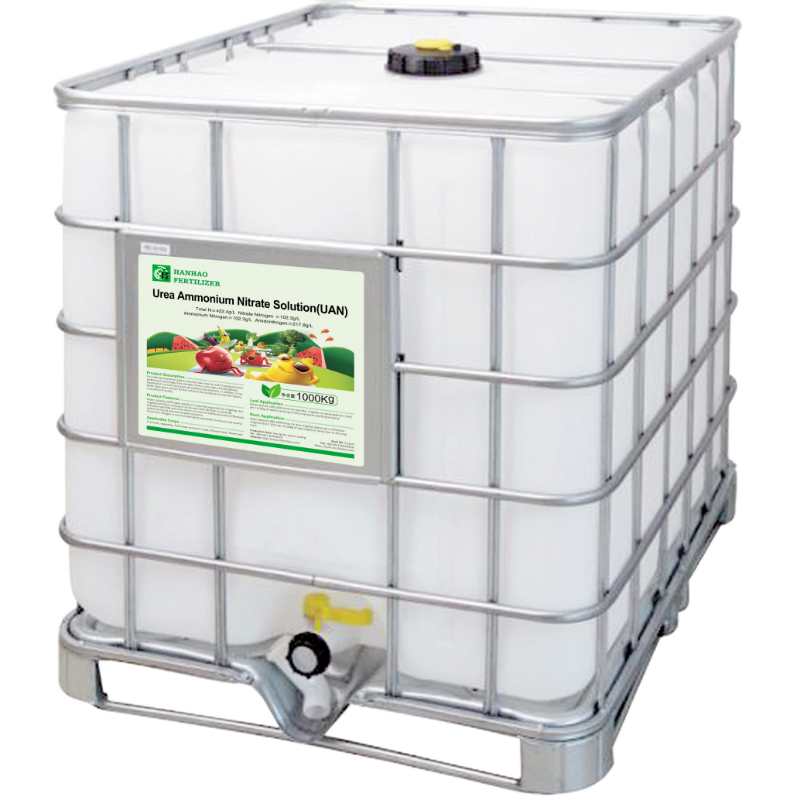
Dec . 06, 2024 13:44 Back to list
potassium fertilizers list
Understanding Potassium Fertilizers A Comprehensive Guide
Potassium is one of the three primary macronutrients essential for plant growth, alongside nitrogen and phosphorus. It plays a vital role in several plant functions, including water regulation, enzyme activation, photosynthesis, and nutrient transport. Given its importance, potassium fertilizers have become an integral part of modern agriculture, ensuring crops receive adequate potassium for optimal growth and yield. This article explores potassium fertilizers, their types, uses, and benefits.
Types of Potassium Fertilizers
Potassium fertilizers come in various forms, including soluble and insoluble options, each catering to different agricultural needs. Here are some of the most common potassium fertilizers
1. Potassium Chloride (KCl) Also known as muriate of potash, potassium chloride is the most widely used potassium fertilizer, accounting for about 95% of the market. It is highly soluble in water and is often used in both soil application and as a foliar spray. KCl is appreciated for its high potassium content (approximately 60% K2O) and affordability. However, its chloride content can be harmful to chloride-sensitive crops, necessitating caution during application.
2. Potassium Sulfate (K2SO4) Known as sulfate of potash, this fertilizer provides both potassium and sulfur, making it a good option for crops that require both nutrients. It contains about 50% K2O and is less harmful to chloride-sensitive plants. Potassium sulfate is particularly beneficial for fruits, vegetables, and tubers, enhancing flavor and quality.
3. Nitrate-Potassium This type of fertilizer combines potassium with nitrates, providing a readily available source of both potassium and nitrogen. It is especially useful for leafy greens and other nitrogen-loving plants. Nitrate-potassium fertilizers are typically used in hydroponics and fertigation systems, where nutrient management is critical.
4. Langbeinite (K2Mg2(SO4)3) This naturally occurring mineral provides potassium, magnesium, and sulfur. Langbeinite is particularly beneficial for crops grown in magnesium-deficient soils. It is less soluble than other potassium fertilizers but is valued for its micronutrient content.
5. Organic Sources Organic potassium fertilizers, such as wood ash, greensand, and various composts, are also viable options. These materials release potassium slowly, improving soil health over time. While they may not provide as immediate results as synthetic fertilizers, they naturally enhance soil structure and biological activity.
Benefits of Potassium Fertilizers
potassium fertilizers list

1. Improved Crop Yield Adequate potassium supply significantly enhances crop yield and quality. Potassium helps regulate stomatal opening and closure, improving water use efficiency and drought resistance.
2. Disease Resistance Potassium strengthens plant cell walls and improves overall vigor, making plants more resilient to diseases and pests. Increased resistance leads to reduced reliance on chemical pesticides, promoting sustainable agriculture practices.
3. Fruit Quality For fruit-bearing crops, potassium is crucial for sugar transport and starch synthesis. Adequate potassium levels contribute to improved fruit size, color, and taste, which are essential for marketability.
4. Soil Health Certain potassium fertilizers, especially organic ones, can contribute to soil health by improving microbial activity and structure. Healthy soils lead to better nutrient retention and improved water infiltration.
Application Considerations
When applying potassium fertilizers, several factors must be considered
- Soil Testing Before application, conduct a soil test to ascertain potassium levels and understand the specific needs of crops. This prevents over-fertilization, which can lead to nutrient imbalances and environmental harm.
- Timing Apply potassium fertilizers at key growth stages of the crop. For instance, potassium is particularly vital during flowering and fruiting stages.
- Method of Application Choose the appropriate application method based on the type of fertilizer and crop requirements. Broadcasting, banding, and fertigation are common methods used to ensure precise nutrient delivery.
In conclusion, potassium fertilizers are essential for the thriving of many crops, enhancing growth, yield, and quality. Understanding the different types, benefits, and best practices for application can lead to more productive and sustainable farming. By embracing potassium fertilizers wisely, farmers can cultivate healthy, robust plants that contribute to food security and environmental sustainability.
-
Premium Organic Manure Compost for Eco Gardens
NewsAug.01,2025
-
Organic 10-10-10 Fertilizer | Balanced Plant Nutrients
NewsJul.31,2025
-
Premium Amino Acid Fertilizer | Rapid Plant Growth Booster
NewsJul.31,2025
-
10 10 10 Fertilizer Organic—Balanced NPK for All Plants
NewsJul.30,2025
-
Premium 10 10 10 Fertilizer Organic for Balanced Plant Growth
NewsJul.29,2025
-
Premium 10 10 10 Fertilizer Organic for Balanced Plant Growth
NewsJul.29,2025
